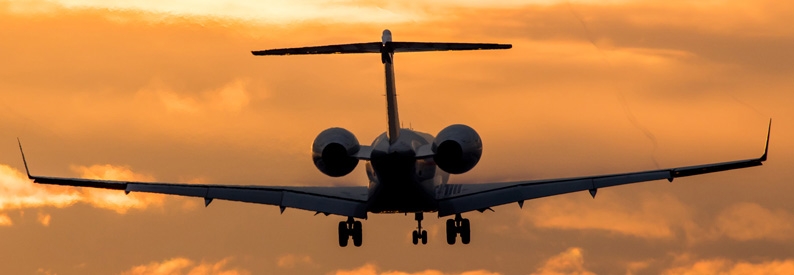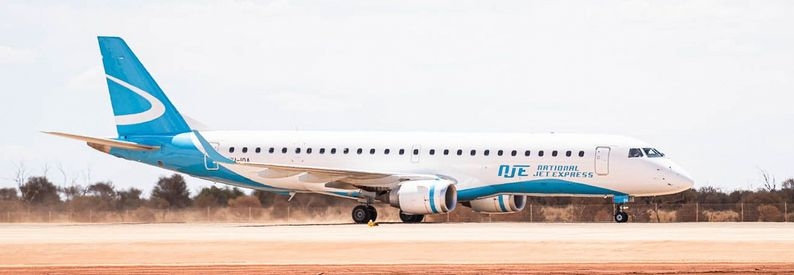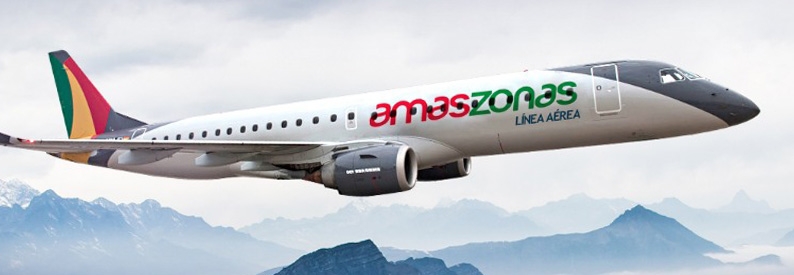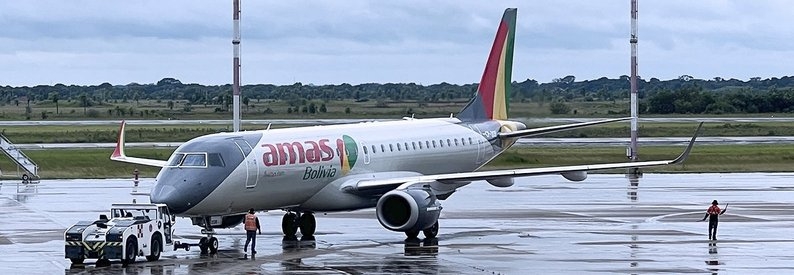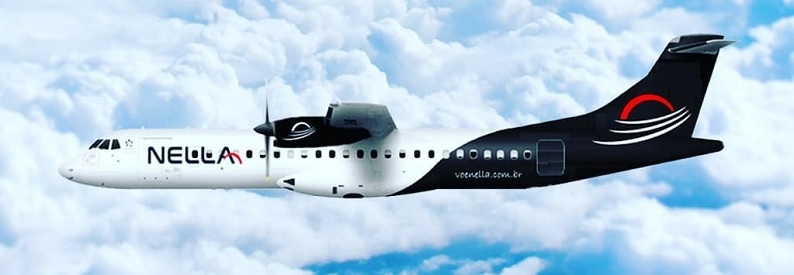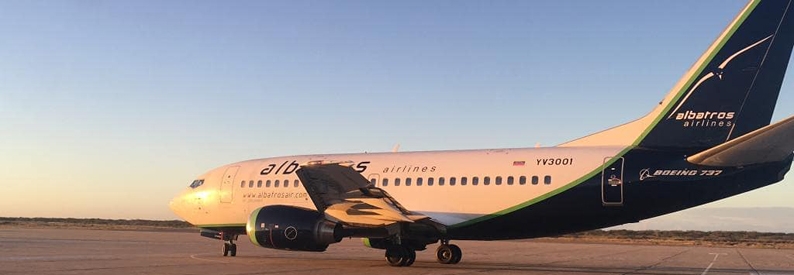Sergio de Urioste, founder and president of Amaszonas (Z8, La Paz El Alto), has urged the Bolivian government to work more closely with the aviation industry to create a rescue plan to assist the country’s embattled carriers. In an interview with La Razón Bolivia, he also called for collaboration between local airlines as they compete in the regional market.
On an international level, a block of Bolivian airlines would compete more effectively than alone, he suggested on the newspaper’s streamed programme Piedra, Papel y Tinta. This is because of the differences in their fleets, ranging from the regional aircraft of EcoJet (8J, Cochabamba) and Amaszonas to the larger aircraft that BoA - Boliviana de Aviación (OB, La Paz El Alto) operates.
According to the ch-aviation capacities module, Ecojet currently operates a fleet of three ARJ-85s, Amaszonas three ERJ 190-100LRs and two ERJ 190-100STD as well as four CRJ200LRs. Boliviana de Aviación by contrast has ten B737-300s, four B737-700s, four B737-800s, and four B767-300ERs, as well as two CRJ200LRs.
De Urioste said that many companies around the world had closed their operations. In the case of South America, dominant companies such as Avianca Holdings and LATAM Airlines Group had severely cut back on their international networks, creating an opportunity for Bolivia.
“We really need to work together and for the government to help us with a rescue plan so that we are not cloistered by the air issue,” he said.
Eighteen months ago, a Bolivian carrier couldn't operate to Lima International, he said, as Avianca and LATAM group airlines controlled the route while providing hub connections to the wider world.
“If Boliviana de Aviación wanted to conduct a flight to Lima, the fare from origin to destination would be lowered to USD100 per segment, but without the connectivity LATAM and Avianca had from Lima to the world, it wouldn’t work. Now, though, we have the opportunity - that we unite instead of fighting for a small market, to complement each other to go abroad. We can do wonders,” he explained.
De Urioste admitted that the crisis had forced Amaszonas to lay off 200 workers and halve ticket prices on key routes like La Paz El Alto-Santa Cruz Viru Viru. Capacity is currently 20% to 30% down on the same period in 2019, and subsidiary Amaszonas Uruguay (AUZ, Montevideo Carrasco) suspended flight operations in December 2020.

